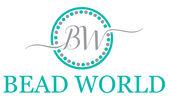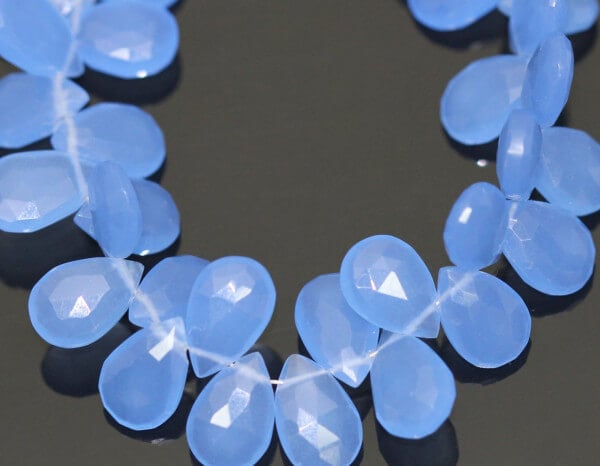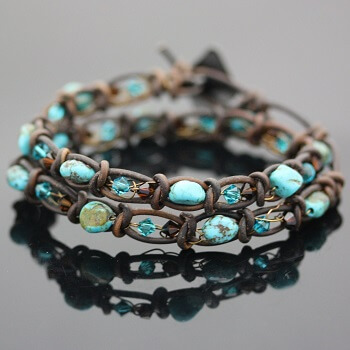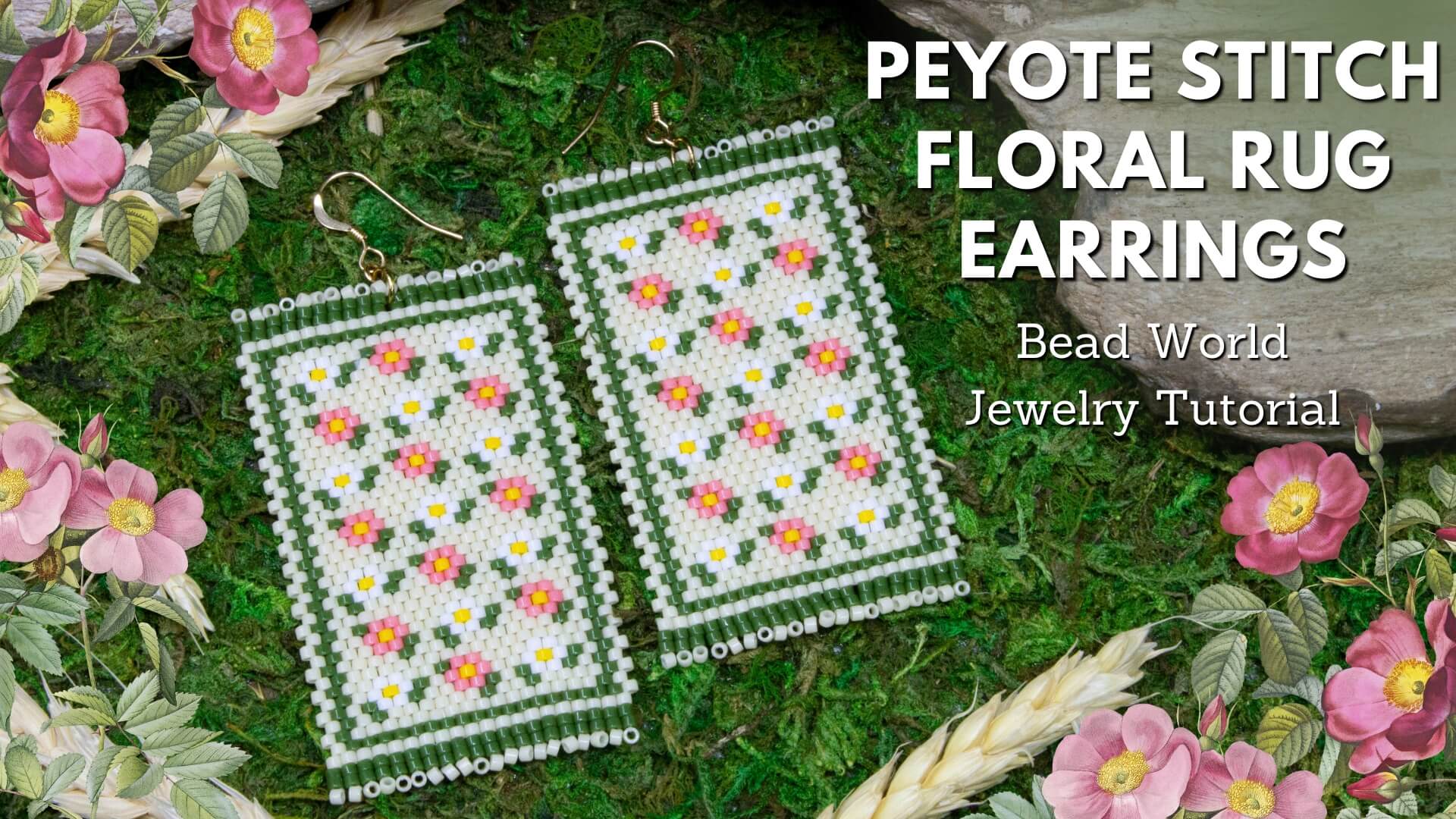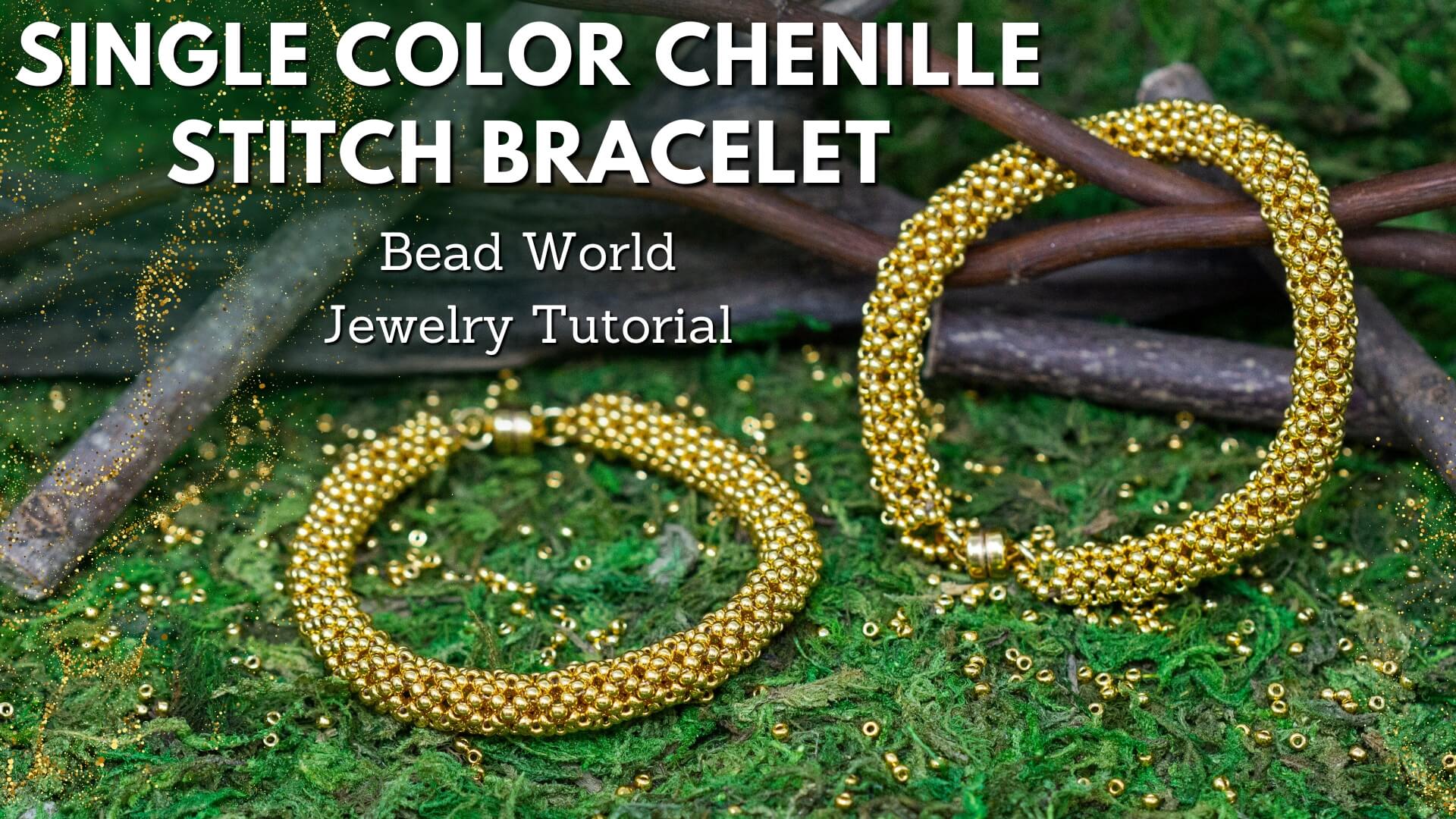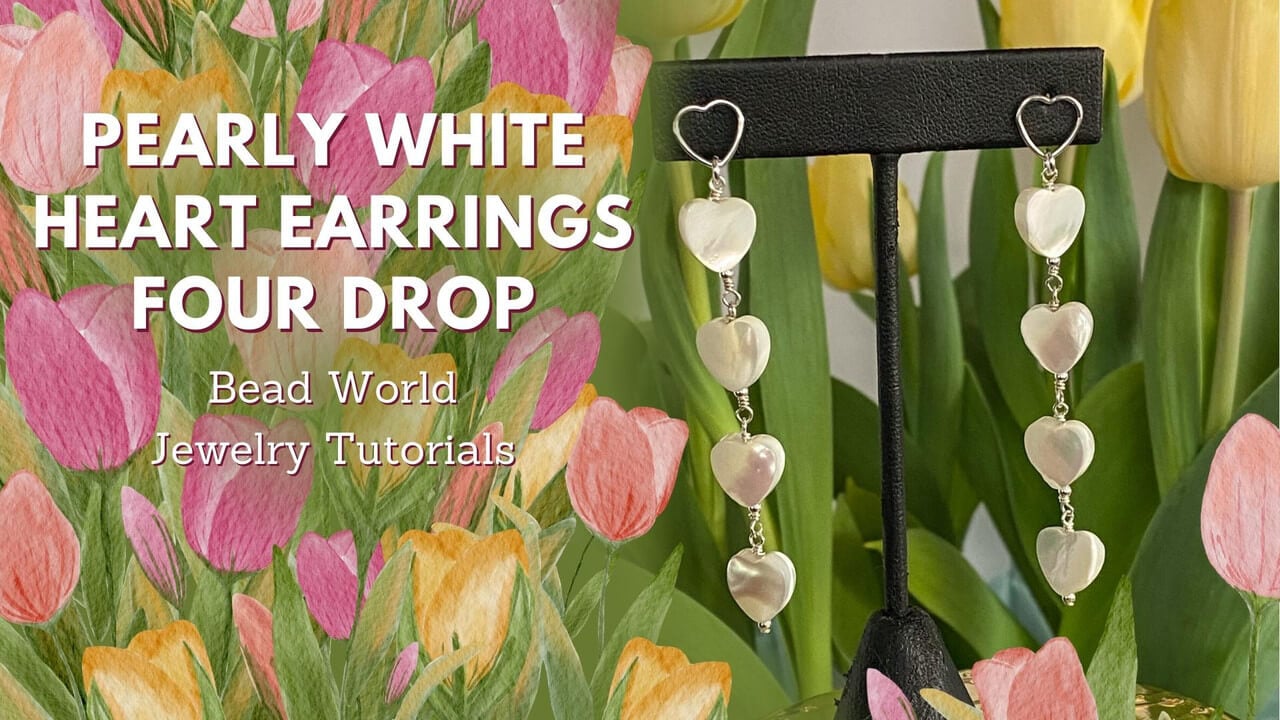Tutorials

Pricing Your Handcrafted Jewelry
Pricing Your Handcrafted Jewelry
.
'Tis the season...for shopping!! This is the time of year when many jewelry makers consider making the leap into selling their jewelry. Whether you're contemplating a holiday craft fair or have friends asking to buy a piece of jewelry you made, the holiday season can be a wonderful time to dive into selling your jewelry and help you make a little extra cash on the side. After all, you might as well profit off of this wonderful talent you have! It can be tricky to know where to start or how to price your own handmade jewelry though. Luckily we have you covered! Here are our steps for perfect pricing:
.
- Research Requirements: Before selling, check your local and state requirements. Every area has their own policies for selling, so it's important to familiarize yourself with your area's requirements.
- Track Expenses: If you don't already do this, anytime you purchase supplies immediately divide out the price per piece and store it with that information. It'll be much easier to price out your jewelry in the future if you know how much it was per bead, finding, inch of chain...etc.
- Add up the Cost: Add up the cost of all the items in the finished piece of jewelry. This is the price that you spent for all the components that went into the piece of jewelry. Don't forget the small parts (crimps, wire, jump rings, stretch, etc.). Once you get comfortable with your pricing you may be able to just estimate that portion, but in the beginning it's important to calculate it. Everything adds up. If you haven't been tracking the cost of items, use a comparable item that you do have the cost of or check at Bead World for that or a comparable item.
- Estimate your Selling Price: Find a pricing equation that works for you and use the cost you just added up to calculate your estimated selling price. Some of the most common equations are:
- Cost x 3-5 = Price
- (Cost + Labor) x 2 = Wholesale Price, and Wholesale Price x 2 = Retail Price.
- The first equation is simpler, but the second equation is nice because it takes labor into account. Also, if you decide to sell wholesale in the future that discount is already factored in with the second equation. You may find yourself adjusting these equations as you find your sweet spot for pricing.
- Compare Estimated Price: Evaluate the estimated selling price and adjust as needed. Use other comparable handcrafted jewelry to give you an idea of the range you should be in. I do not recommend charging less than 3x the cost of your supplies, but comparing the range can give you an idea of if you should be charging more.
- Play with Pricing: If you're going to be selling over time, play with your pricing to find your sweet spot. A lot of buying is subconscious, so a few dollars higher or lower may create that perfect sweet spot for your jewelry.
.
These are a few other important things to keep in mind when pricing your jewelry:
- Know your Market: I read a handcrafted selling book many years ago that talked about how Target's primary customers will never be your primary customers, and vice versa. The point was that you cannot compare your handcrafted jewelry to mass produced items being sold at large retail stores, question why those customers aren't buying from you, or try to match their pricing. Handcrafted jewelry is a different market than mass produced jewelry. Price accordingly.
- Know your Worth: Many jewelry designers started making jewelry as a hobby and have a hard time valuing themselves as designers when they start selling. Resist the urge to undervalue yourself. All of your experience, expertise, and creativity has value. If you are calculating labor into your pricing equation, take your experience & speed into account when determining your hourly value (hint - it's probably not minimum wage). Plus, you have invested in tools & classes, spent time shopping, traveled to and from bead stores, spent time creating your designs, used up supplies in the creation phase, etc. All of that has value that is not directly taken into account in the pricing equations. A markup might seem high based on what you directly spent for the individual items in the piece of jewelry, but not when you think of all those details. Make sure you have those factors in mind when deciding your final price.
- Psychological Aspects of Buying: Buying is such a subconscious, psychological aspect. As backwards as it sounds, pricing your jewelry too low can actually harm your sales. If an item is priced too low, many customers will subconsciously think that it is cheap and wonder if your materials or the finished product are not good quality. In addition, I have heard that you should not end your handcrafted pricing in .99. This subconsciously makes buyers think of cheap big box stores. Rather, they recommend handcrafted sellers ending pricing in .95, .50, or whole dollars.
- Friends & Family Discounts: Whether you are pricing jewelry because a friend/family member has asked to buy something or are building a jewelry empire, it's good to have a plan for friends & family discounts. Some people struggle to charge friends & family anything, while others feel they should pay full price because they should support you most. Personally, I fall in between and offer super close friends & family (ie the people I would invite over for Christmas) a 20% discount. You do have cost involved with the supplies and have spent precious time making the jewelry, so I do think you should charge something. Whether that's full price or discounted is up to you to determine. I do recommend thinking about it and making that decision in advance though so you aren't making an emotional decision on the spot when someone asks about buying an item.
- Purchase on Sale: Buying items on sale can help you to reduce costs and increase your profit margin. Make sure you're signed up for our Bead World emails to be notified of any store wide sales, weekly deals, and our weekly 40% off one item coupon. If you buy something on sale but may repurchase it at full price in the future, we recommend using the full price to determine the price per piece so your pricing can stay consistent.
- Wholesale Buying: Signing up as a wholesale customer is another great way to decrease costs. Our wholesale customers get tax off any items that go into a finished piece (you end up charging tax to your customer and sending that to the state yourself), as well as a 20% discount! All you have to do is bring us a copy of your state Transaction Privilege Tax (TPT) license and fill out a form.
.
I hope this helps you feel confident in taking your jewelry making from a hobby to a hustle!
